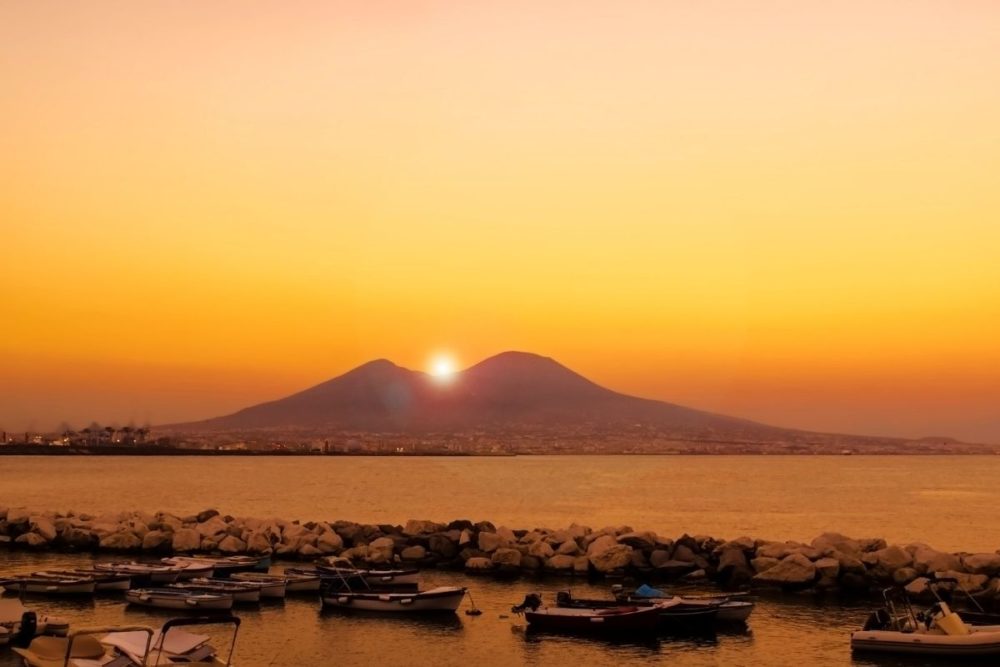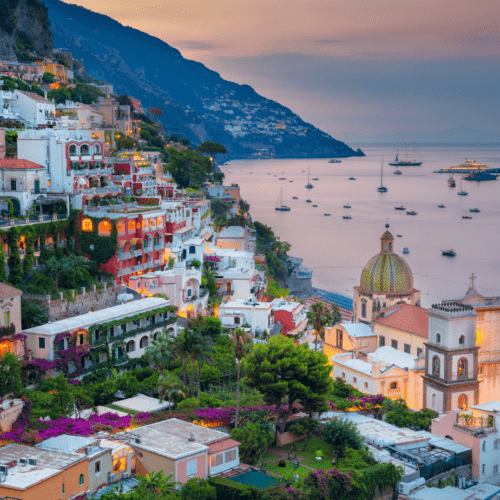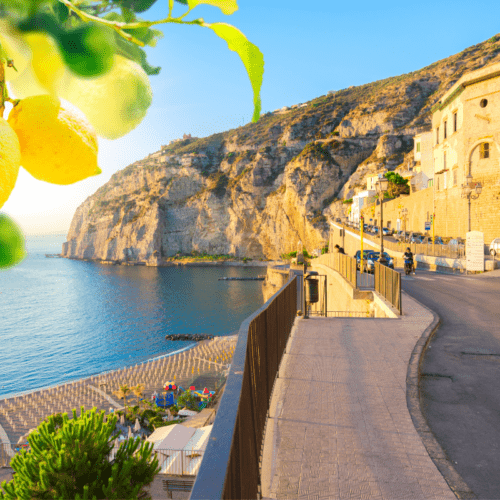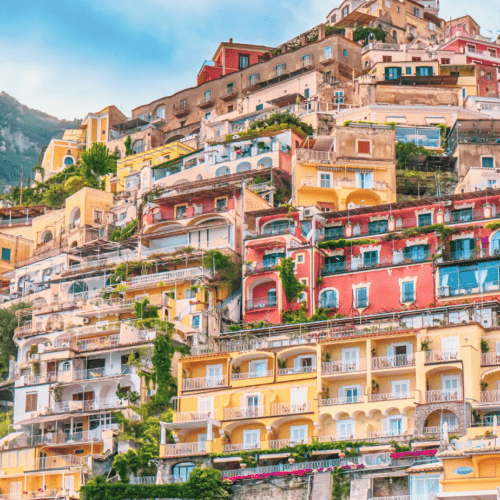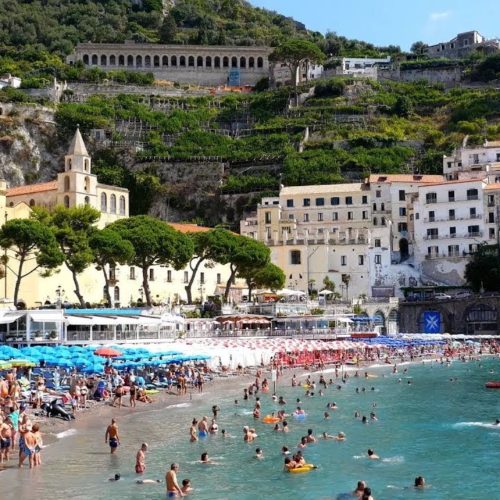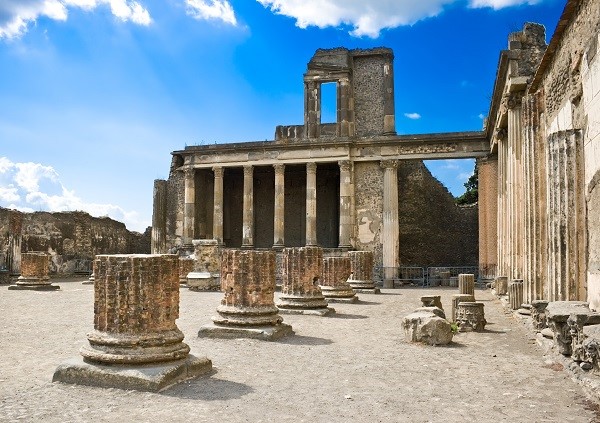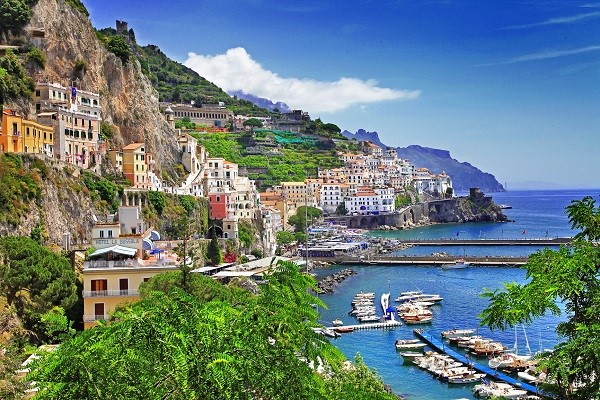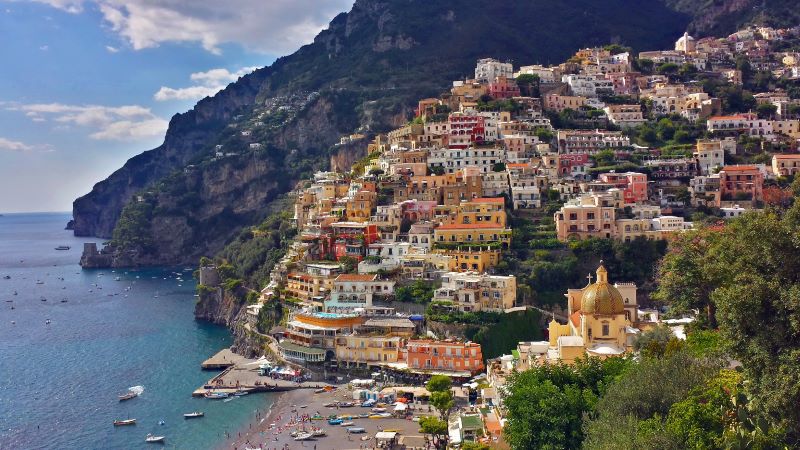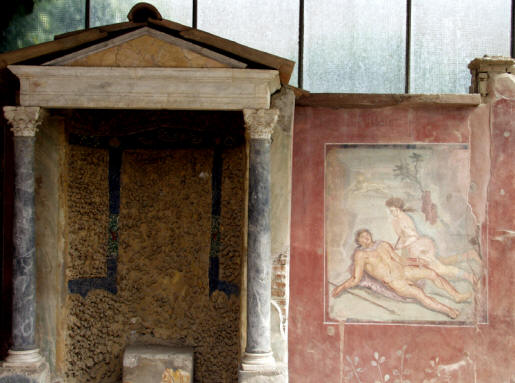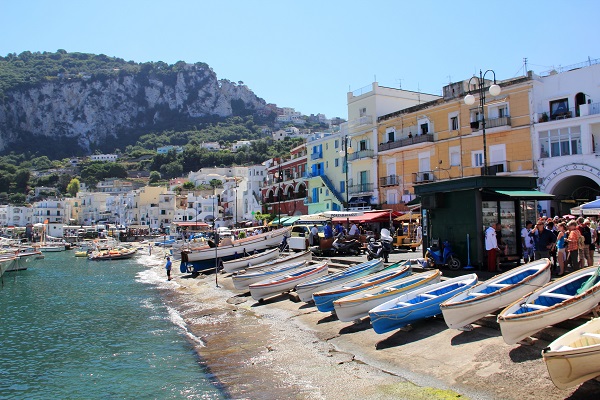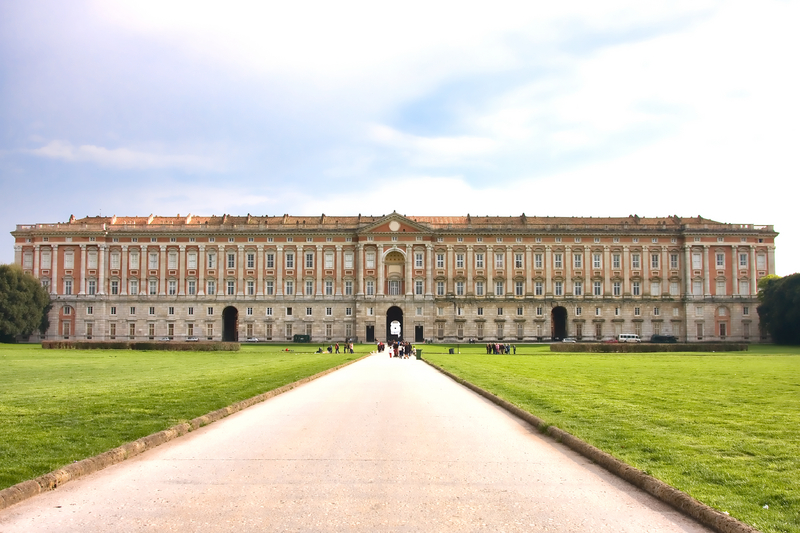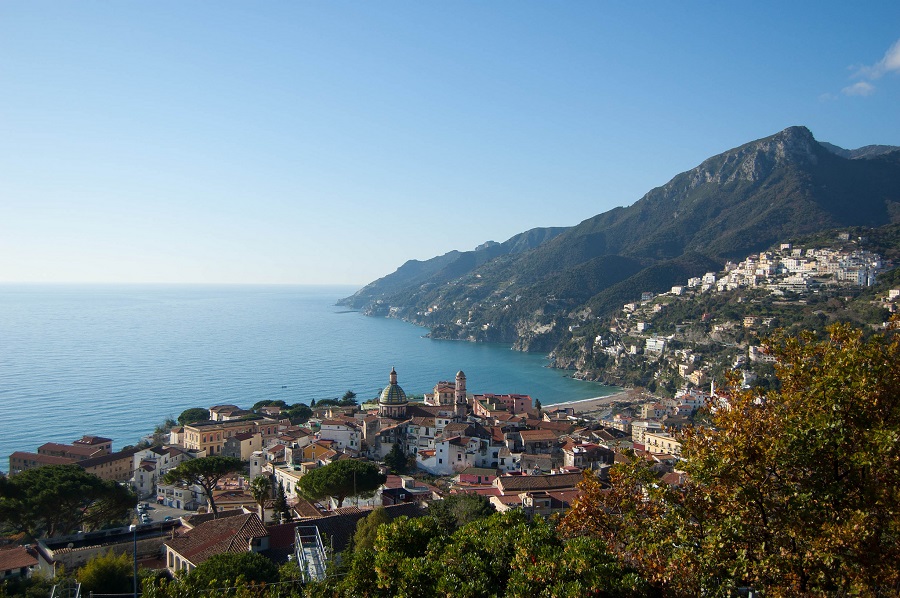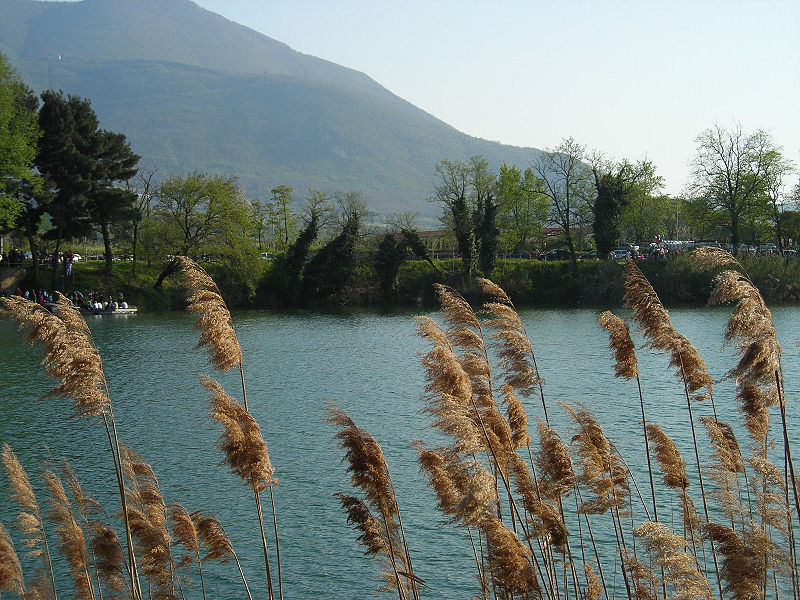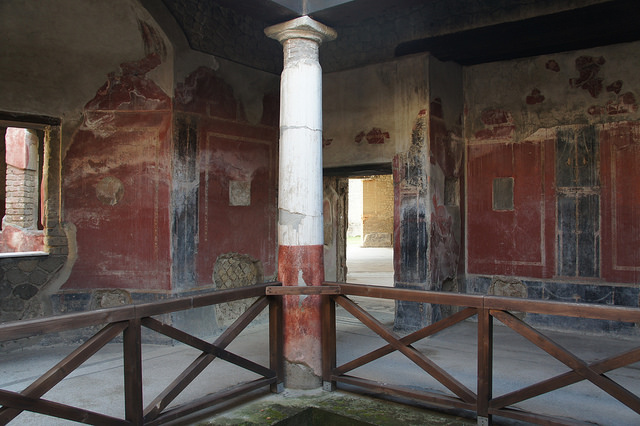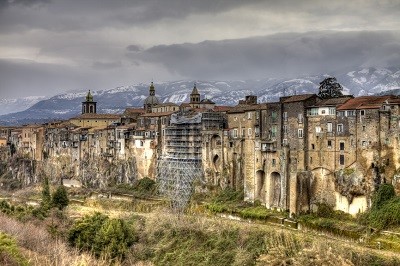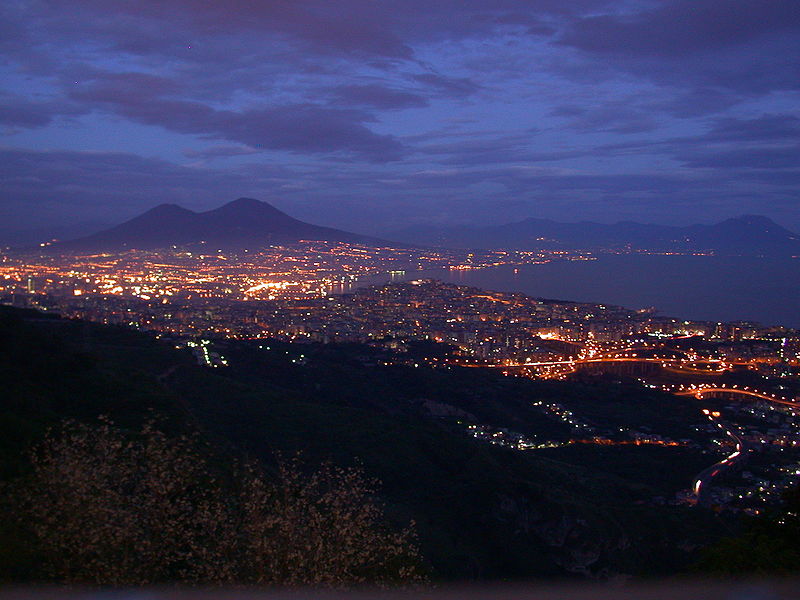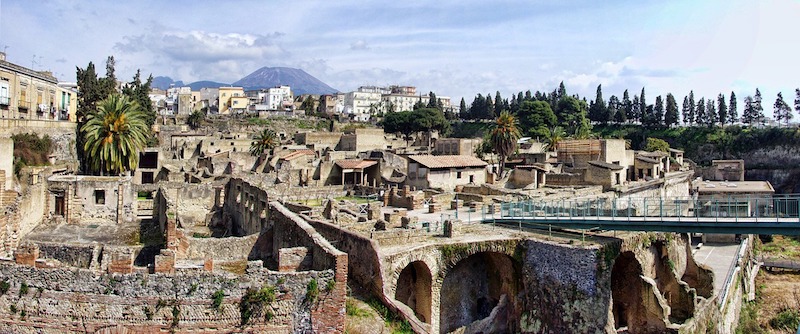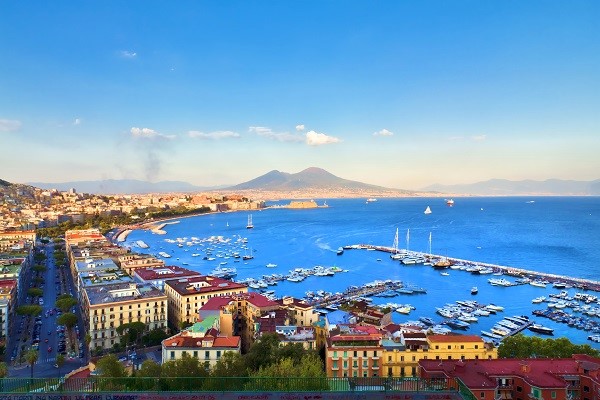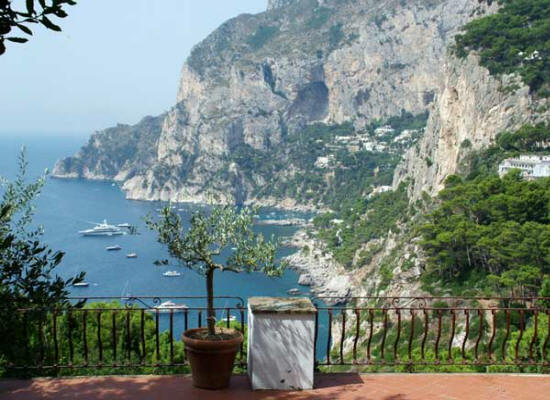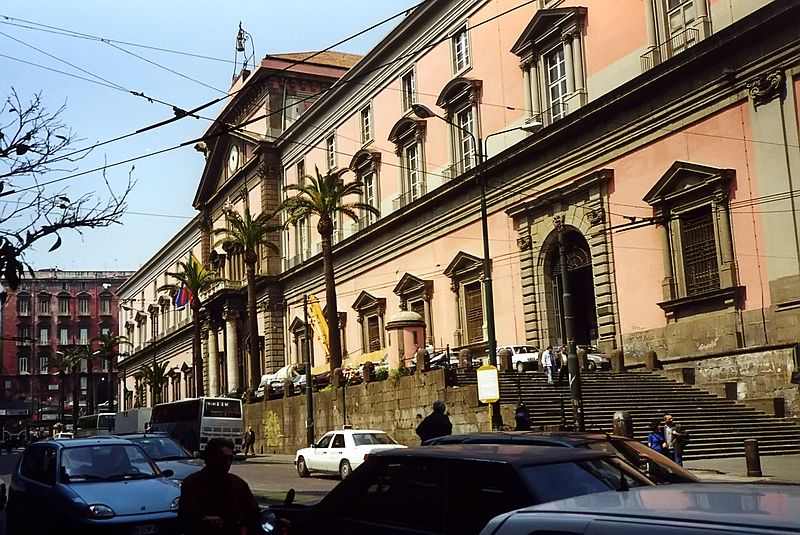Goethe once said once you’ve seen Naples you can die. Whether or not this is true, is of course, debatable. One can’t appreciate the unique characteristics of the city or its people without taking into account that they live in the shadow of Vesuvio. The mighty volcano, Mount Vesuvius, is the destroyer of Pompeii and is still active today. To safeguard the Vesuvio volcano they created Vesuvius National Park. With this said, if you’re interested in hiking Vesuvius National Park, you’ll find tips for that too!
10 Things to Know About Hiking Vesuvius National Park
Would you like to explore more of Hiking Vesuvius National Park? You have come to the right place. Today we are talking about Vesuvio’s paths, history, museums, opening hours, and so on. The territory of the National Park of Vesuvius has unique geological and historical importance. It produces agriculture unlike any other part of Italy. Vesuvius National park can be beautiful scenery, yet it is a little bit frightening, don’t you think? Let’s see what it has to offer. Vesuvius National Park is definitely one of the best hiking spots in Europe!
1. The History of Vesuvio

This wouldn’t be a great list if we didn’t start with the history of Vesuvio. Mount Vesuvius is located in the Campania plain and has two morphological structures, the Vesuvius Great Cone and Somma Caldera. The highest point of the Somma Caldera is Punta Nasone, which reaches 1,132 meters. This also represents the remains of an ancient volcano, which was active more than 30,000 years ago. Valle del Gigante is a large depression and divided by the Valle dell’Inferno and Atrio del Cavallo. The great cone of Vesuvio is located within this space.
Mount Vesuvius has been active in 1822, 1858, 1861, and 1872. These eruptions completely changed the profile of the land in the surrounding areas. 1906 saw another violent eruption before the last one. In 1944, which also destroyed many villages with ashes from the blast reaching as far as Albania.
The volcano has not erupted since, although there have been various seismic phenomena that took place and prove Vesuvius is still quite active. There have been various forecasts for future eruptions, the volcano is being studied very closely for safety purposes. The observatory of Volcanology is located in the observatory zone in Ercolano, within the territory of the national park. The observatory was built in the 19th century and was the first of its kind in the world. The first-ever volcanological and seismic research took place here.
2. The Paths of the National Park of Vesuvius

Do you plan to go hiking solo or in groups? The Vesuvius National Park consists of 11 paths that have a total of 54 km of the walkway. Talk about hiking Vesuvius National Park, you have more than enough paths to explore. The 11 paths called “Walkway Network of the Vesuvius National Park” are fascinating and some will definitely scare you away.
The eye-catching Valley of Hell is located 4 kilometers away from the center of Ottaviano. This road leads towards Mount Somma. While you are hiking along the path, you can admire on the left the breathtaking Medici Palace. The Palace is a renovated Renaissance noble residence. The beautiful forest along the way offers a variety of chestnuts, Italian alders and maples, holm oaks, and black locusts.
The walking track to Mount Somma leads to Punta Nasone. Mount Somma originated at the beginning of the Quaternary period and erupted several times from 6,000 to 3,000 BC. After a long period of dormancy, Somma began to tremble in 63 AD. The volcano erupted again in 79 AD destroying the towns of Stabia, Pompeii, and Ercolano. The three towns are completely buried under thick layers of ash and lava. Stabia, Pompeii, and Ercolano and are now one of the biggest tourist draws in the world.
The River of Lava is yet another path that has caught the interest of many. What is great about it is that it’s suitable for families with children to visit. They can learn about the different types of trees such as chestnuts trees, hazelnut trees, locust trees, European hop-hornbeams, and downy oaks. The River of Lava resonates with a lunar landscape. You can tell your friends you have walked on a lava flow!
3. The Villas

Do you remember watching all those movies about the roman empire and seeing the gardens of the beautiful villa? The Vesuvius National Park is also rich with its historical buildings and villas. They are a key element to the discovery of wall and floor decorations amongst the Romans.
One of the most famous villas in Boscoreale is Villa Regina, this is the only one visible today, the rest of them were all buried by the eruption. Scientists have discovered that due to this agricultural area, they were specializing in wine and olive oil production.
Of course, we have to mention the famous Medici Palace. It is a Lombard construction, built to ensure the control of the wide Nolana plain during the middle ages. Several noble families controlled this area, such as the Orsini, Fabrizio Maramaldo, the Del Tocco and the D’Aquino. Looking at the front of the palace facing the garden, it still kept the severity of the medieval castle. Intended to look like a medieval castle by Joseph II Medici. Currently used for cultural and public events.
4. Flora and Fauna in Vesuvius National Park

The slopes of Mount Somma and Mount Vesuvius are quite different from each other. Mount Vesuvius is dry and has been partly reforested in order to help stop landslides. The slope of Mount Somma is wetter and covered with woods. Many studies show that this area is home to more than 900 different species. A great portion of is unique to the Mediterranean.
The fauna of the Vesuvius National Park is also quite interesting and rich. The oaken mouse is a very rare species of mammal, not found in other parts of the country. The other mammals found here include hares, wild rabbits, foxes, beech martens, and the dormouse. More than 100 different types of birds can also be found here, everything from the Coal Tit to the Raven. Birds like siskin, song thrush, wryneck, black redstart, and the woodcock can be found in the park during the winter months.
During migratory times birds like the bee-eater, golden oriole, wood warbler, garden warbler and many others can be found travelling all across this region. There are also several types of reptiles, invertebrates, and amphibians in the region like green lizards, whip snakes, disc fingered geckos, green toads, and nocturnal and diurnal butterflies.
5. The Great Crater of Vesuvius

It is safe to say that Vesuvius is one of the most studied volcanoes of our time. This is why it makes it perfect for Hiking Vesuvius National Park. You can learn all about the Park and the Crater itself. The Vesuvius Crater currently has a diameter of 450 metres and a depth of 300 metres.
The cool thing to know about Mount Vesuvius is that it’s a polygenic mixed volcano. What does this mean really? It means that it’s made of different chemical compositions and is formed either by lava flows or pyroclastic sediments. All the land that is seen has been transported by the lava of mud. The crater that is seen is a stream of summits called cognoli. Vesuvio can be traced back to 400,000 years ago!
6. How to visit Mount Vesuvius National Park
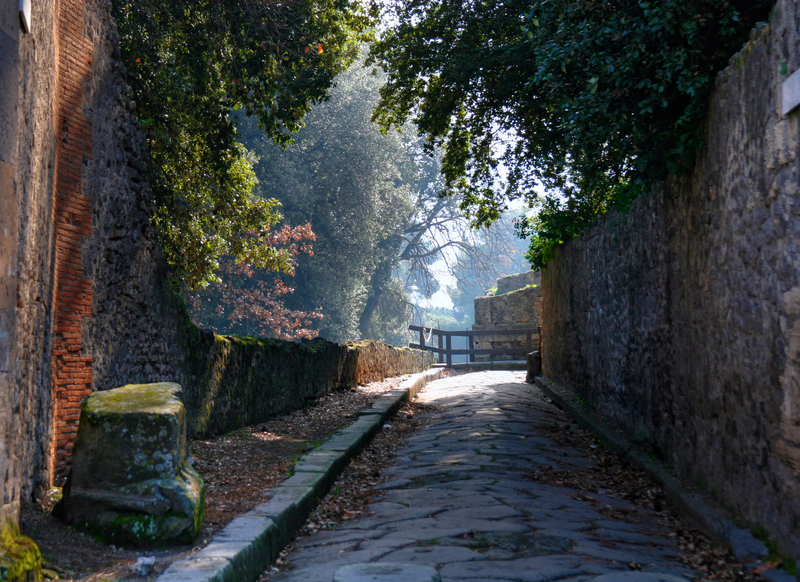
Each year several thousand visitors visit the Vesuvius National Park to see one of the most active volcanoes in the world. Understandably, they had to make sure it is fully accessible for visitors to see Mount Vesuvius.
Let’s get to the fun part of how to get to Vesuvius National Park. There are three different ways of reaching Mount Vesuvius National Park. That is by car, by bus from Pompeii or Herculaneum or by road bike.
We suggest you take the A3 Napoli-Salerno highway to the Torre del Greco or Herculaneum exit. Then you have to follow the signs for Vesuvio. You will find an unstaffed parking area where you can leave your car.
You can also choose to take the bus or shuttle from the Circumvesuviana Pompei – Villa dei Misteri stop or the Circumvesuviana Ercolano Scavi stop
There are two official trails for bikers. The first takes you from the Forest Reserve Tirone Alto Vesuvio to the ancient road leading to the volcano from Trecase. The second route departs from the Observatory in Ercolano onto Mount Somma. This gives stunning views of the territory between S. Anastasia and Somma Vesuviana. If you prefer to walk, the park offers 15 interconnected trails including the Inferno Valley, Cognoli, Mount Somma, Tirone Reserve, Great Cone, Matrone Road, Vallone della Profica, Rack Train, and Lava River trails.
8. Vesuvius National Park Opening Hours

Still interested in Hiking Vesuvius National Park? Let’s talk about the opening hours of the park. There are 4 different opening times which you have to take into consideration when visiting Mount Vesuvius National Park. The less-visited months are January-February-November-December and it is open from 9 am until 3 pm. From March until October the park is open from 9 am until 4 pm. In this period April, May, June, and September are open from 9 am until 5 pm. Lastly, July and August Vesuvio is open from 9 am until 6 pm to tourists.
7. Visit the Ruins of Pompeii

We have all heard of the devastating story of Pompeii. As sad as it is, it has become a massive tourist attraction. Pompeii was destroyed in 79 CE when the volcano of Vesuvio erupted. The ruins were discovered in the late 16th century. Pompeii is believed to have been an important commercial centre. It caught the interest of Greeks and Etruscans. We also know that Pompeii has reached its architectural and economic peak during its Roman period. It then transformed into a recreational and resort town of the Roman aristocracy. Did you know that in 62 AD a strong earthquake damaged Pompeii and its surroundings?
Visiting the city’s forum takes about an hour, so keep this in mind when planning the itinerary.
9. Local products of Vesuvio

Local products you shouldn’t miss include the Catalanesca Grape, Del Monte Cherry, and Vesuvio Apricots. You should also try the local honey, a Nocillo, and Piennolo cherry tomatoes. While enjoying a good plate of pasta, you can think back on all the places visited in Vesuvius National Park.
10. Our personal favorites of Vesuvius National Park

We have learned a great deal about Mount Vesuvius National Park today. Do you want to know our favourites? One of them is definitely the views, really, at any time of the day. Although you really can’t beat a breathtaking sunset or sunrise. This place is so rich in history that it really takes you a few days to truly explore everything. With that being said, Pompeii might be second on our list due to its unbelievable story. Our last favourite is definitely the food. You have to take advantage of the authentic Italian food this place has to offer.
Explore the Vesuvius National Park
Who is ready to go Hiking in Vesuvius National Park? We hope you have found a few things you’d like to see when visiting Mount Vesuvius National Park. There is definitely a lot to choose from. What would be your first choice? We’d love to hear your thoughts.
Make sure to visit Positano, Sorrento, and the beautiful Amalfi Coast in order to experience life in Italy.
